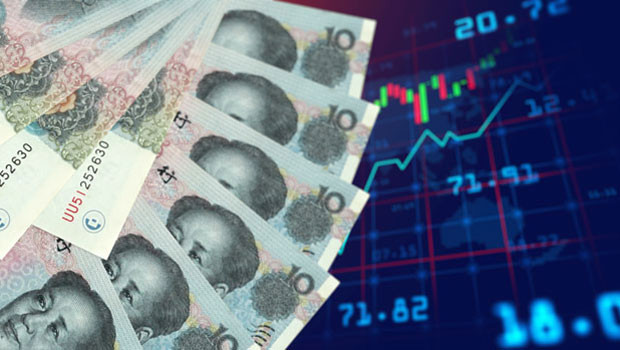Asia report: Markets mostly higher on fresh tariff optimism

Asia-Pacific markets rose on Wednesday, following Wall Street’s lead as investors reacted positively to reports suggesting the White House may scale back planned tariffs.
According to the Wall Street Journal and Bloomberg, the Trump administration was now expected to adopt a narrower scope for the tariffs scheduled to take effect on 2 April. President Donald Trump also signaled some flexibility in his approach, raising hopes for less severe trade measures despite mounting concerns over weakening US consumer confidence.
“Asian markets held steady on Wednesday as investors sought clarity amid waning US consumer confidence and uncertainty surrounding President Trump’s proposed tariffs,” said TickMill market strategy partner Patrick Munnelly.
“The MSCI Asia Pacific Index managed to halt a three-day losing streak, rising 0.45% despite losing some initial momentum.
“Earlier this month, the Trump administration hinted that the impending tariffs might be narrower and more targeted than previously anticipated.”
Munnelly noted that on Tuesday, Trump remarked that while he aimed to limit excessive exceptions, he could adopt a ‘more lenient than reciprocal’ approach, acknowledging that strict reciprocity could pose challenges for many.
“US tariffs on copper imports could be enacted in the coming weeks, possibly ahead of the original deadline, according to sources familiar with the matter.
“The Hang Seng Tech Index, which tracks major Chinese tech stocks, rebounded on Wednesday after nearly entering correction territory the previous day.
“Morgan Stanley strategists raised their year-end index targets for Chinese stocks looking ahead to 2025; similarly, Goldman Sachs strategists expressed optimism about further gains in the ongoing rally, projecting that positive earnings revisions will fuel additional momentum.”
Most markets in the green ahead of tariff deadline
Japan’s Nikkei 225 climbed 0.65% to 38,027.29, led by strong gains in Sumitomo Metal Mining, Nintendo, and Konica Minolta.
The broader Topix index added 0.55%.
In Hong Kong, the Hang Seng Index advanced 0.6% to 23,483.32, buoyed by a surge in Shenzhou International Group and China Resources Mixc Lifestyle.
South Korea’s Kospi 100 posted the region’s strongest performance, rising 1.19% to 2,679.73, with LG Energy Solution and LG Chemicals among the top movers.
Australia’s S&P/ASX 200 added 0.71% to finish at 7,999.00, supported by gains in mining and healthcare stocks.
New Zealand’s S&P/NZX 50 rose 1.23% to 12,334.18, driven by Ryman Healthcare and Meridian Energy.
Chinese markets lagged behind - the Shanghai Composite edged down 0.04% to 3,368.70, while the Shenzhen Component slipped 0.05%.
Losses were led by sharp declines in small-cap stocks such as Jiangsu Dongzhu Landscape and Zhejiang Dafeng Industrial.
In currency markets, the dollar was last 0.2% stronger on the yen, trading at JPY 150.21, as it weakened 0.35% against the Aussie to AUD 1.5808, and retreated 0.48% from the Kiwi, changing hands at NZD 1.7359.
Oil prices were higher, with Brent crude futures last up 0.89% on ICE at $73.67 per barrel, and the NYMEX quote for West Texas Intermediate adding 0.93% to $69.64.
Inflation slows in Australia, BoJ governor signals possible further hikes
In economic news, Australia’s inflation slowed in February, coming in at 2.4% year-on-year, slightly below January’s 2.5% reading and under economists’ expectations.
The Australian Bureau of Statistics said food, non-alcoholic beverages, alcohol, tobacco, and housing were the main drivers of annual price growth.
Analysts at Capital Economics said the softer-than-expected inflation pointed to underlying weakness and increased the likelihood of another interest rate cut by the Reserve Bank of Australia.
They said they now expect the RBA to lower its policy rate by 25 basis points in May, down from the current 4.1%, and flagged the possibility that rates could fall below their earlier forecast of 3.6%.
In Japan, Bank of Japan governor Kazuo Ueda said further rate hikes remained on the table if economic and price trends aligned with the central bank’s projections.
Speaking to reporters, Ueda acknowledged that recent inflation has been driven largely by temporary factors such as high import costs and food prices, which could recede.
The comments followed the BoJ’s recent policy shift away from negative rates as it monitors the durability of price pressures.
Reporting by Josh White for Sharecast.com.